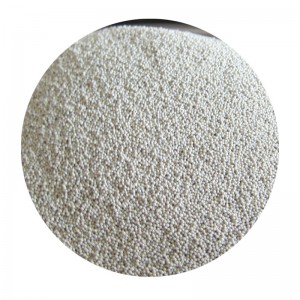

Moreover, 3D sand printing enhances trustworthiness, as it provides high precision and repeatability critical in industries where quality cannot be compromised. This technology ensures that parts are manufactured to exact specifications, reducing the risk of error and increasing consistency. This reliability is particularly beneficial in aerospace and automotive industries, where precision and safety standards are relentlessly high. An experience-driven analysis of 3D sand printing shows its potential to revolutionize conventional manufacturing processes. For engineers and architects eager to explore innovative designs without the constraints of traditional fabrication, this technology presents a unique opportunity. Not only does it allow for greater creativity, but it also supports rapid prototyping and cost-effective production, accelerating the time from concept to market. The implications of 3D sand printing for the future of construction and manufacturing are significant. As technology continues to advance, we can expect even greater levels of customization, efficiency, and sustainability. The capacity to reduce material waste, together with more energy-efficient processes, aligns with global efforts towards reducing the carbon footprint of industries worldwide. In conclusion, 3D sand printing sets a new benchmark in manufacturing and construction. Its innovative approach to complex design challenges, combined with its sustainable nature, positions it as an instrumental tool moving forward. As the industry continues to embrace this transformative technology, businesses equipped with the skills and foresight to incorporate it will undoubtedly hold a competitive edge in a rapidly evolving marketplace. For businesses looking to stay ahead of the curve, investing in 3D sand printing technology is not just an opportunity; it's an imperative step towards shaping the future of sustainable and efficient construction. Post time:កុម្ភៈ . 10, 2025 11:09
Next:3d printing patterns for sand casting
